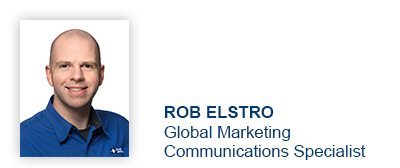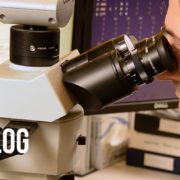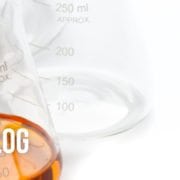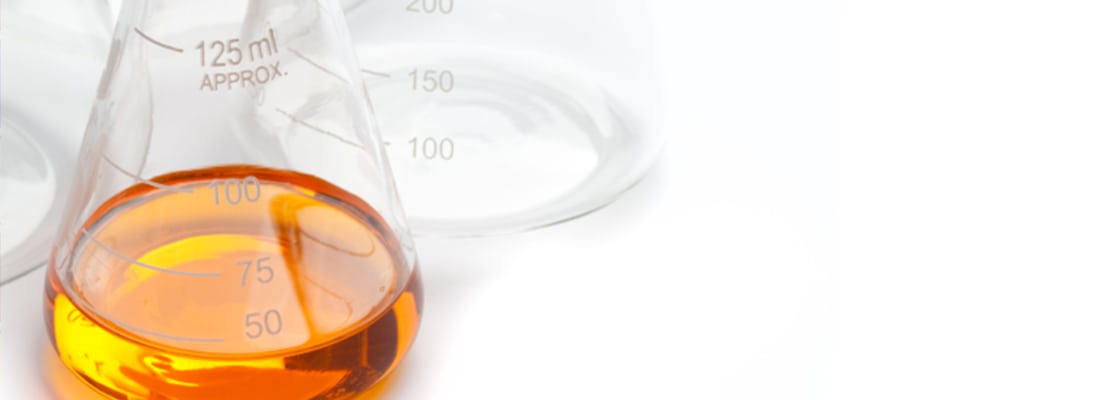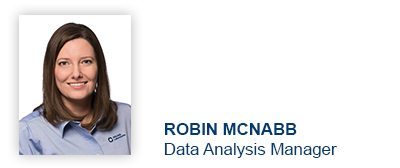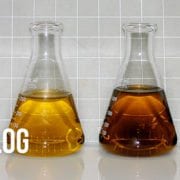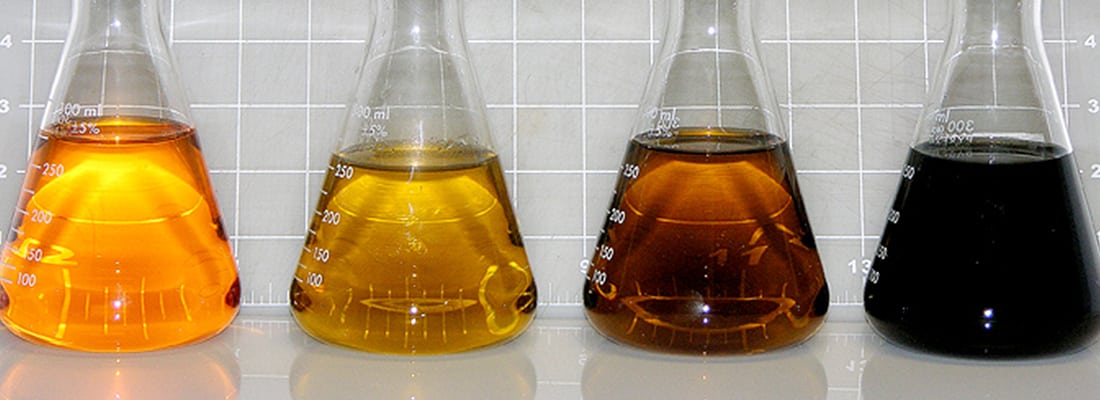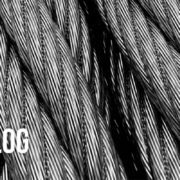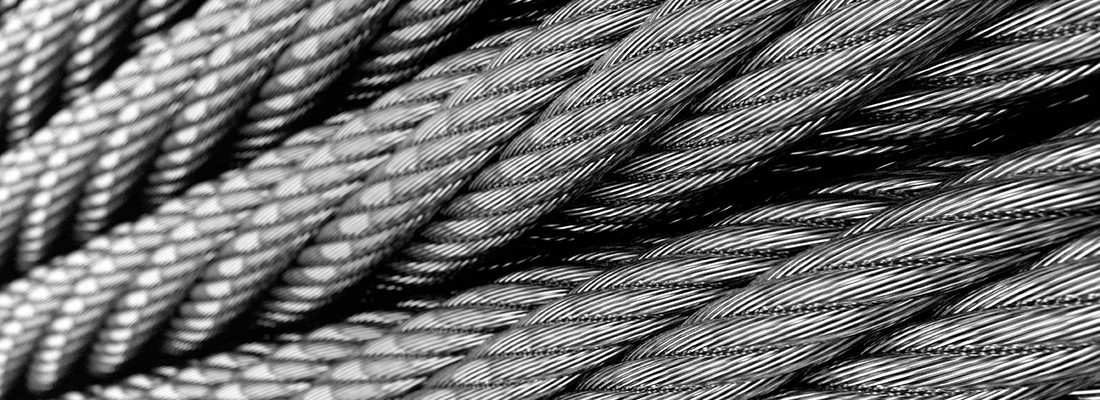New EZ Label is Available
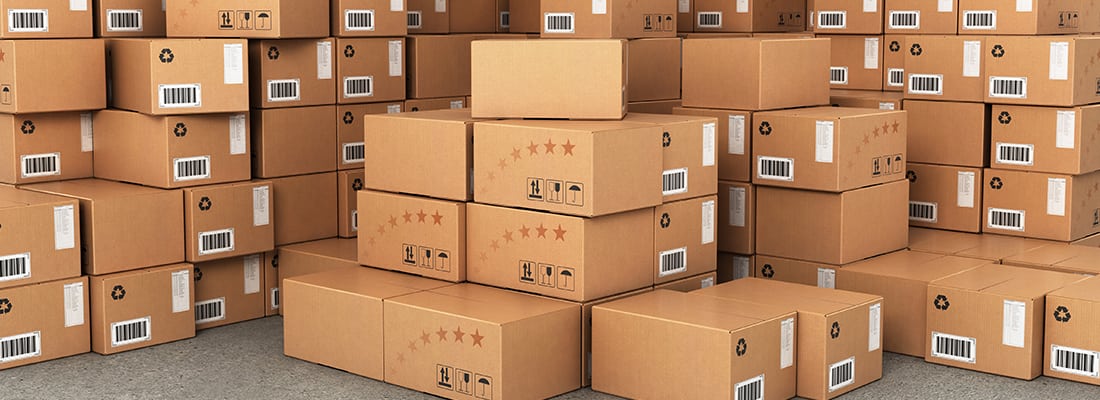
We’ve been listening.
“This form is too complicated.”
“Do I really need to provide all this info?”
“There has to be an easier way to submit samples.”
Based on the customer feedback we’ve received over the years, we have improved our sample labels to make it quicker, easier and simpler to submit sample information, which reduces the likelihood of errors. You can request the new label be sent with your next sample jar order.
During the process of redesigning our sample information forms, much research was conducted internally and externally to thoroughly understand:
- how customers complete the sample forms
- how samples are packaged and shipped to us
- how samples and paperwork are cleaned when fluid leaks during transit
- how sample details are entered into our systems
We also tapped into our customers to serve as beta testers and confirmed the new label really does make it quicker and easier to submit samples.
The new label includes detailed HORIZON® instructions to simplify adding or updating equipment and submitting sample information online. This allowed us to simplify the required information on the form and reduce the paper size. In addition, the sample jar label features a coating to improve its resistance to absorbing oil.
Customers may or may not have access to the Internet all the time, so we left a very simple component and sample information form on the label. If a paper copy needs to be sent in with the sample, the form can be detached from the label and easily wrapped around the sample jar.
The label’s new features could benefit all our customers, so I encourage everyone to make the switch and reap the benefits. You can view the new label and how to fill it out by downloading our instructions. When you’re ready to try the EZ Label at one or more of your locations, contact our Customer Service team at custserv@eoilreports.com or 877.808.3750.
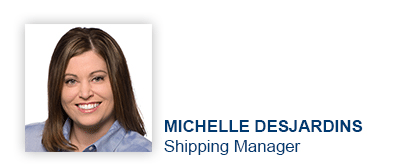
Proven Impact. Proven Uptime. Proven Savings.
Let us prove it to you.

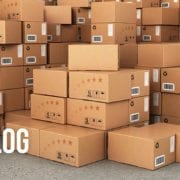
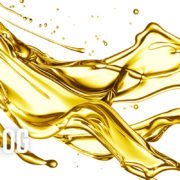
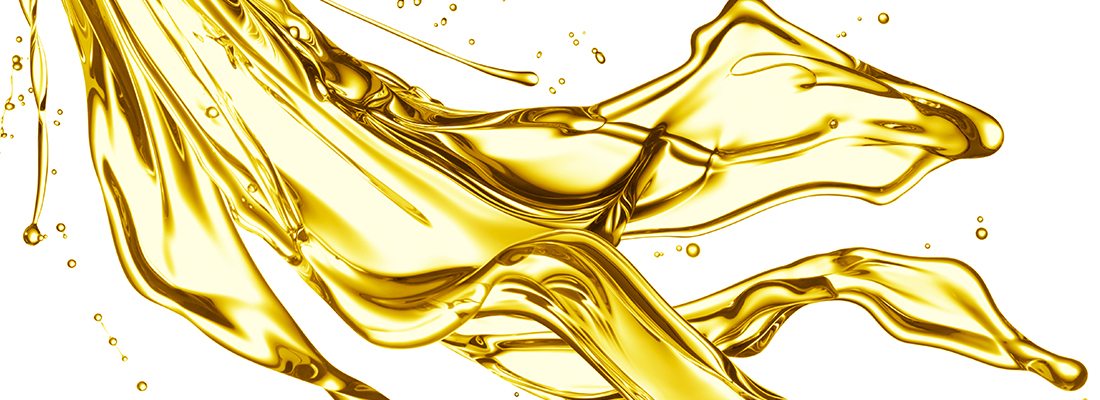
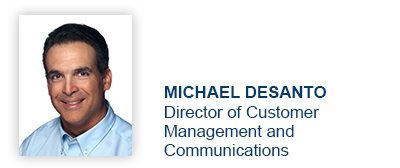
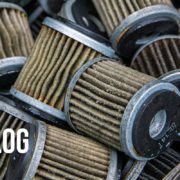
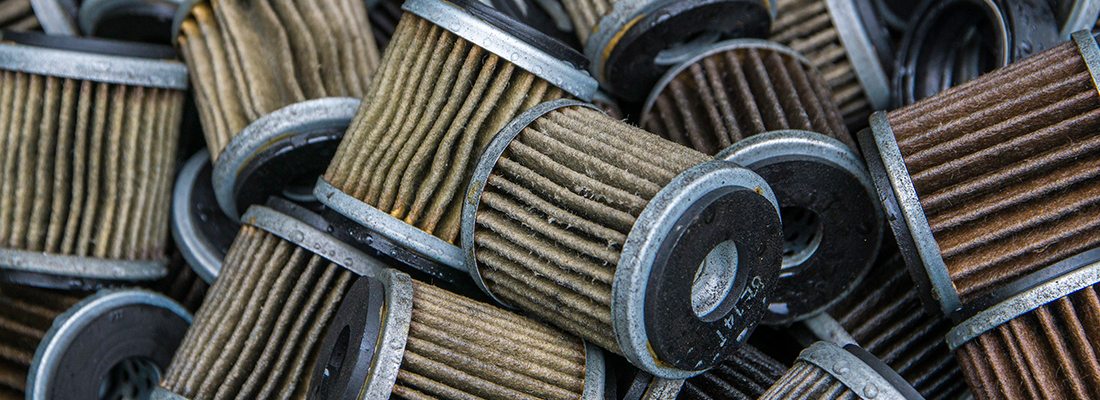
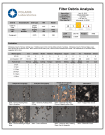
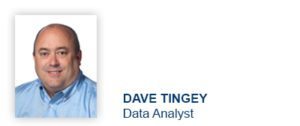
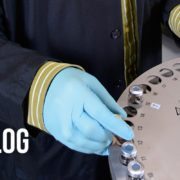

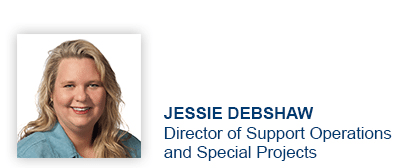
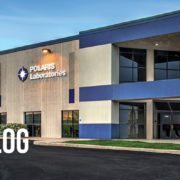

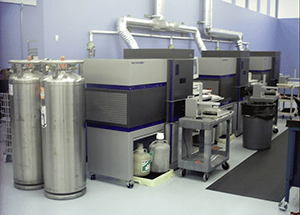
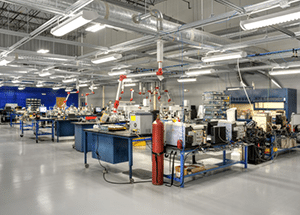
 Our commitment to Lean principles isn’t limited to just the laboratory. Our entire team in the Indianapolis laboratory is embracing the many advantages of transparency, flexibility and open communication. To foster greater collaboration and idea sharing, we designed the new facility with low cubicle walls and glass walls in most conference and break rooms. This open environment facilitates collaboration and team work so we can provide better results and solutions for our customers.
Our commitment to Lean principles isn’t limited to just the laboratory. Our entire team in the Indianapolis laboratory is embracing the many advantages of transparency, flexibility and open communication. To foster greater collaboration and idea sharing, we designed the new facility with low cubicle walls and glass walls in most conference and break rooms. This open environment facilitates collaboration and team work so we can provide better results and solutions for our customers.